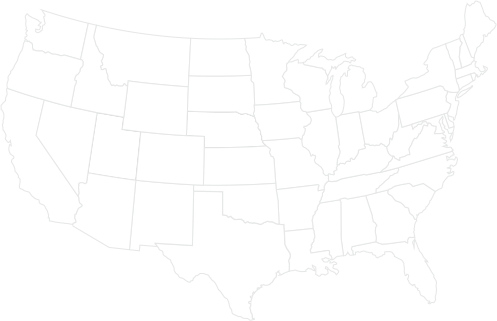Rainy Harvest Season Lowers Cotton Crop Projections
• Posted in News Releases
An estimated 1.69 million acre loss of cotton hampers cottonseed supplies available to dairies
CARY, N.C. (November 23, 2015) – Wet weather in the nation’s leading cotton-producing state, Texas, is expected to trim cotton production. The nation’s crop took an additional hit when torrential rains hit the Carolinas just prior to harvest, decimating a significant portion of that region’s 2015 cotton crop.
“It appears that of the approximately 4.5 million tons of cottonseed produced this year, 2.5 million tons will be available for feeding dairy cows,” says Tom Wedegaertner, director of cottonseed research and marketing, Cotton Incorporated. From last year’s crop, about 3.1 million tons of cottonseed found a spot in dairy cattle rations.
The U.S. Department of Agriculture’s World Agricultural Supply and Demand Estimates, released Nov. 10, indicate a slight decrease in production over last month. Currently, the 2015 crop is projected to produce 13.28 million bales (compared to an estimated 16.32 million bales in 2014), netting about 4.5 million tons of cottonseed, compared to 5.1 million tons in 2014 – a 12 percent decrease.
John R.C. Robinson, Texas A&M University professor and extension specialist economist of cotton marketing, describes this year’s crop as “fairly small,” as a result of fewer acres planted and reduced yields.
“Due to the smaller crop, prices will most likely go up and be relatively strong this fall and winter,” predicts cottonseed merchandiser Larry Johnson of Cottonseed LLC, La Crosse, Wis.
Despite challenges in Texas and the Carolinas, Johnson says the Mid-South produced high yields with great quality. The Mid-South is the nation’s second largest cotton growing region.
While cottonseed availability will decrease, demand remains an unanswered question. Softer milk prices, excellent homegrown forages and lower-priced competitive feed ingredients may lower demand, says Johnson.
Wedegaertner says that the cottonseed market will always ebb and flow, and encourages dairy producers to prepare for price peaks. “A little bit of planning and staying up-to-date on market conditions can help dairy producers mitigate price swings and keep cottonseed in their rations.”
Cotton Incorporated suggests producers get in touch with their cottonseed merchant or feed dealer to check prices, or submit a request for cottonseed quotes through its Cottonseed Marketplace.
Cottonseed is an excellent source of fiber, protein and energy. Typical rations can include up to 15 percent cottonseed on a dry matter basis. For more information, including reports on market conditions, feeding information and a list of suppliers, visit www.wholecottonseed.com.
Cotton Incorporated, funded by U.S. growers of upland cotton and importers of cotton and cotton textile products, is the research and marketing company representing upland cotton. The Program is designed and operated to improve the demand for and profitability of cotton.

